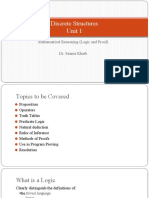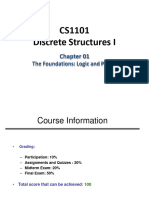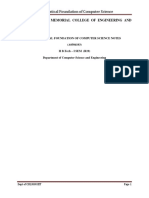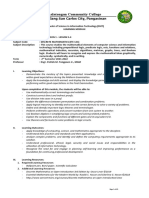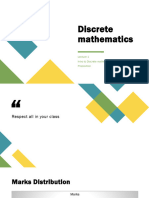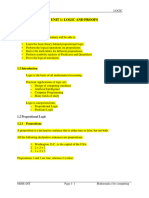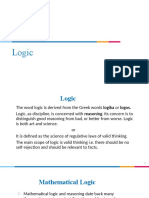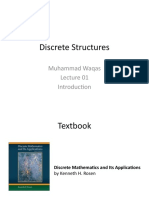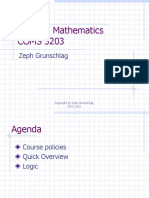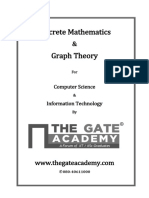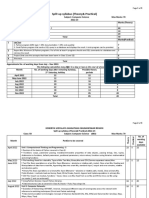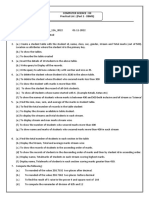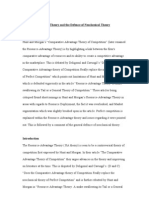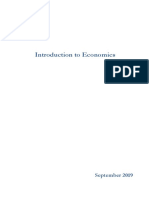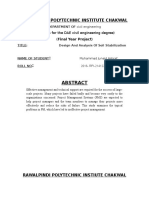0% found this document useful (0 votes)
13 views10 pages4 Introduction To Logic in Computer Science
The document provides an overview of logic in computer science, focusing on propositional logic, types of propositions, and their applications in AI. It explains concepts such as tautology, contradiction, and set theory, along with operations like union and intersection. Additionally, it highlights the importance of these logical frameworks in algorithm design and data manipulation.
Uploaded by
Alok 12ACopyright
© © All Rights Reserved
We take content rights seriously. If you suspect this is your content, claim it here.
Available Formats
Download as PPTX, PDF, TXT or read online on Scribd
0% found this document useful (0 votes)
13 views10 pages4 Introduction To Logic in Computer Science
The document provides an overview of logic in computer science, focusing on propositional logic, types of propositions, and their applications in AI. It explains concepts such as tautology, contradiction, and set theory, along with operations like union and intersection. Additionally, it highlights the importance of these logical frameworks in algorithm design and data manipulation.
Uploaded by
Alok 12ACopyright
© © All Rights Reserved
We take content rights seriously. If you suspect this is your content, claim it here.
Available Formats
Download as PPTX, PDF, TXT or read online on Scribd
/ 10



